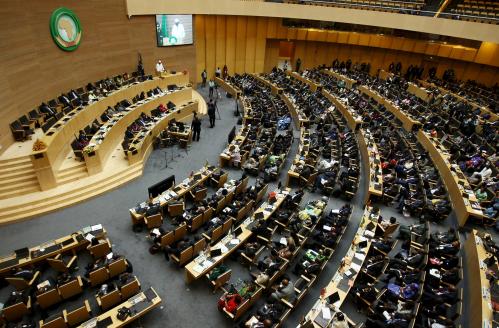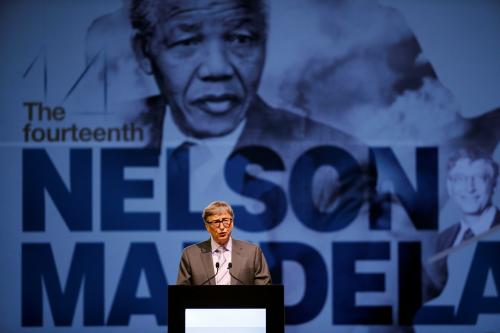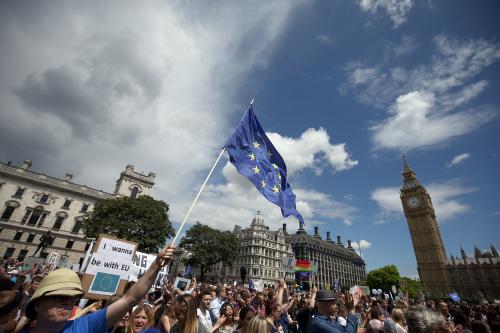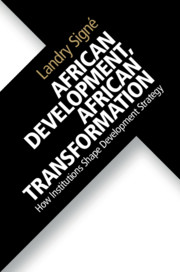Last week, Ernst and Young released their annual report, EY’s Africa Attractiveness Program 2016, which takes stock of Africa’s FDI landscape in 2015. The report highlighted the 2015 gains made by the East African region and Kenya specifically, noting that East Africa has nearly closed the gap with southern Africa as an FDI destination—receiving 26.2 percent of total FDI projects in Africa compared with southern Africa’s share of 27.6 percent. From 2014 to 2015, southern Africa observed an 11.6 percent

decrease in its share of FDI projects, while East Africa saw a 26.3 percent increase. Within East Africa, Kenya gained the greatest number of FDI projects, observing an increase of over 50 percent from its 2014 figure. Notably, Kenya also became the largest intraregional investor of FDI in Africa in 2015. In other words, Kenya is the largest African investor in Africa. The report cites many reasons for the apparent shift toward East Africa, including “recent oil and gas discoveries, growing consumer markets, accelerating regional integration and infrastructure development,” (EY 2016).
Despite the fact that regional integration is one of the key factors driving FDI to the region, the East African Community (EAC) has been experiencing some hardships lately. Tanzania, the current chair of the EAC Heads of State, announced two weeks ago that the regional body would not be signing an economic partnership agreement (EPA) with the European Union—a deal that the Kenyan government strongly favors. Tanzania cites the Brexit as justification for refusing to sign, arguing that the deal could render the EAC vulnerable to declining economic conditions in Europe. Still, Kenya has much more at stake if the EAC continues to refuse the EPA, as it does not benefit from the same Least Developed Country status that already allows many other EAC countries favorable access to the European market. Starting in October, Kenya will face increased tariffs and trade regulations if the deal is left unsigned.
Furthermore, regional integration projects such as a railway that would connect Kenya, Uganda, Rwanda, and Burundi have been put on hold. Kenya built 60 percent of its track before Uganda and Rwanda decided to pull back from the project. Thus, despite Kenya’s and East Africa’s recent progress in attracting FDI, certain trade and integration measures in East Africa are still experiencing turbulence.
Sarah Baker contributed to this piece.
The Brookings Institution is committed to quality, independence, and impact.
We are supported by a diverse array of funders. In line with our values and policies, each Brookings publication represents the sole views of its author(s).









Commentary
Figure of the week: Despite regional FDI gains, Kenya grapples with its East African partners over trade
August 4, 2016